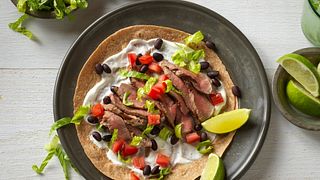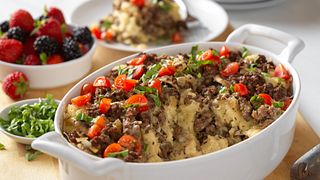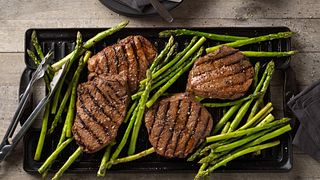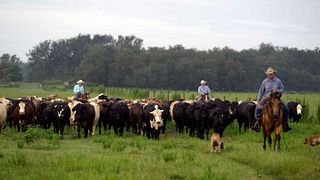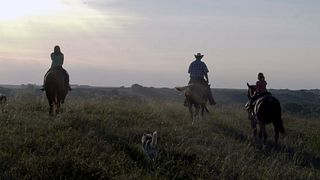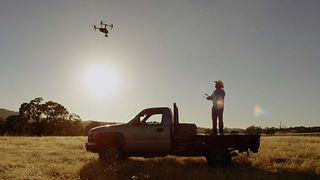From One Generation to the Next: Celebrating National Agriculture Day with Family-Owned Ranches
denver, co (March 18, 2024)
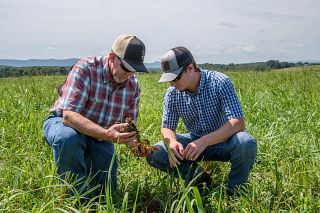
Newly released Census of Agriculture data gives more insight into farms, ranches, and the people who operate them in the U.S.
“My family are just caretakers of the land, and we want to leave it in better condition than how we found it,” said Keith Tuck, owner of Tuck Farms in Moneta, Virginia.
Tuck operates the farm alongside his son Andrew – where they’ve implemented fencing and water infrastructure for rotational grazing purposes. By fencing cattle out of ponds and streams and moving the cattle from pasture to pasture, the Tuck’s have been able to prevent erosion and repair banks with vegetive cover, resulting in clear water.
“This farm has been in my family for four generations so it’s special to me to be a part of it and to have my own cattle one day,” said Andrew Tuck.
Just over 1,000 miles southwest of Tuck Farms is G Bar C Ranch in Rosston, Texas. Here, although the landscape and climate are different, the story is similar as Meredith Ellis continues her father’s legacy, dedicated to raising the highest quality cattle while being a steward to the environment. With soil quality as their foundation, they employ sustainable grazing practices and rely on research to validate their efforts. Over the years the ranch has participated in various studies. Initial data modeling results from one research project, found they are sequestering 2,500 tons of CO2 annually. “That’s the equivalent of taking 551 cars off the road” explains Ellis.
Not only has cattle grazing preserved the land for carbon sequestration, Ellis has documented more than 500 different species that thrive on the ranch along with the cattle. At G Bar C Ranch, it’s all about making sure the land is sustained for the animals and the next generation. “Whenever I go to share my story, I think of my son and I have this courage in me because it’s not about me,” said Ellis. “It’s about his future and what that’s going to look like.”
Stories like these highlight the important role cattle production plays in preserving the land and show how family farms and ranches across the county are making a difference. To learn more about how beef is raised, visit BeefItsWhatsForDinner.com.
About the Beef Checkoff
The Beef Checkoff Program was established as part of the 1985 Farm Bill. The checkoff assesses $1 per head on the sale of live domestic and imported cattle, in addition to a comparable assessment on imported beef and beef products. States may retain up to 50 cents on the dollar and forward the other 50 cents per head to the Cattlemen's Beef Promotion and Research Board, which administers the national checkoff program, subject to USDA approval.
About NCBA, a Contractor to the Beef Checkoff
The National Cattlemen’s Beef Association (NCBA) is a contractor to the Beef Checkoff Program. The Beef Checkoff Program is administered by the Cattlemen’s Beef Board, with oversight provided by the U.S. Department of Agriculture.
- USDA releases 2022 Census of Agriculture data. (2024). United States Department of Agriculture. Retrieved 2024, from https://www.nass.usda.gov/Newsroom/2024/02-13-2024.php.
